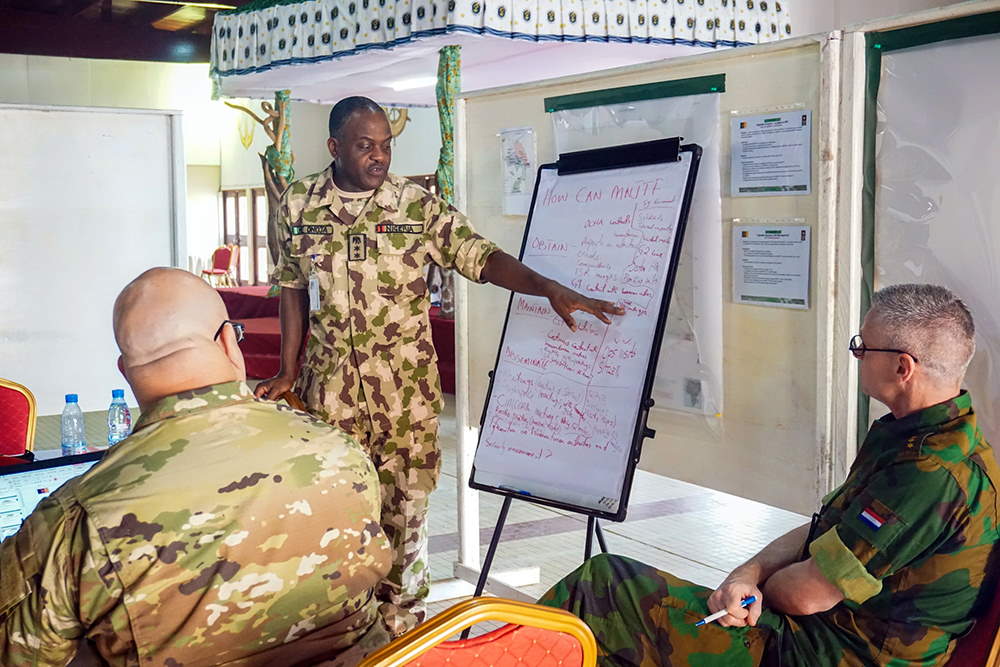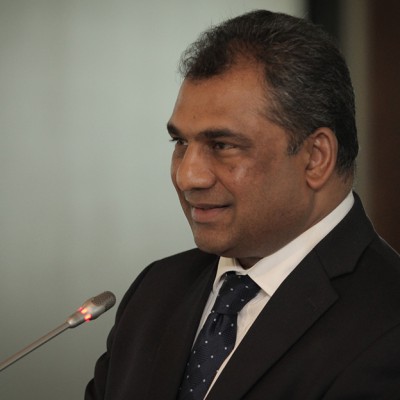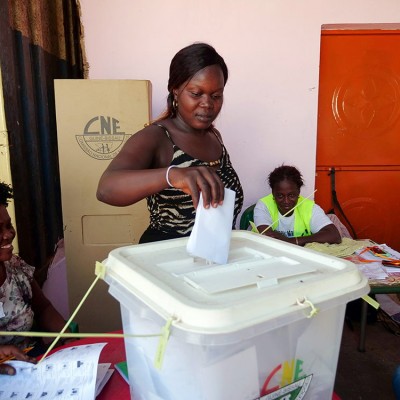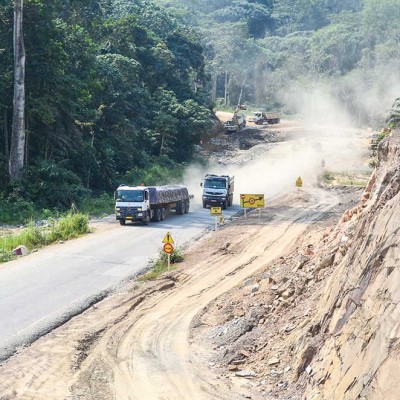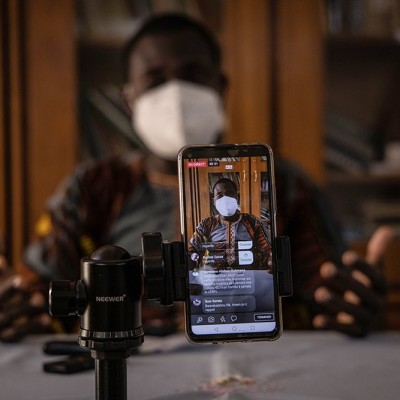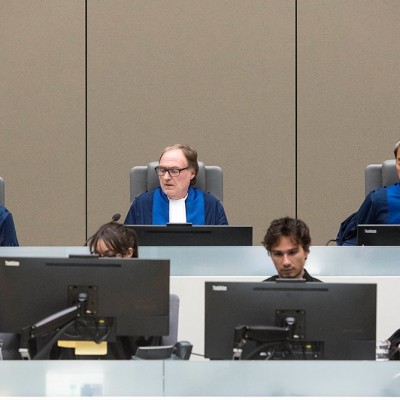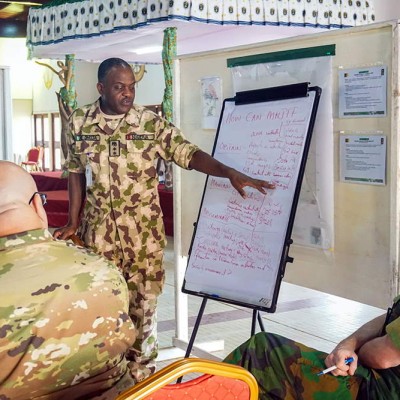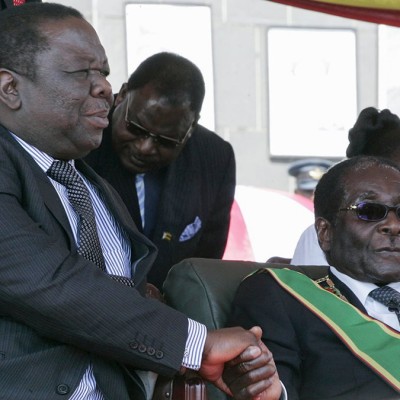Whilst the number of insurgencies has steadily increased since the end of the 1990s, today they constitute the majority of all globally monitored conflicts.1 Insurgencies, defined as “organized subversion and violence to seize, nullify, or challenge political control of a region”2 have consequently become a key focus for conflict analysts, with counter-insurgency (COIN) operations now a central tenant within the education of modern professional armed forces.3 COIN itself consists of a “combination of measures undertaken by a government, sometimes with […] multinational partner support, to defeat an insurgency”.4 These missions have been primarily conducted by Western forces, which this article defines as those belonging to the European Union, Canada, New Zealand, the United Kingdom or the United States of America – as not only are these states in line with what is traditionally considered Western society, but are well documented as leaders of Western COIN operations.5
However, non-Western COIN operations now constitute the majority of global COIN operations. One such example is the ongoing operation against the Islamist group known as Boko Haram, in the Lake Chad Basin.6 Despite the fact that Boko Haram continues to operate today, between 2011 and 2019 the Nigerian Joint Task Force (NJTF), as part of the Lake Chad Basin Multinational Joint Task Force (MNJTF), successfully reduced both the ability and reach of Boko Haram. This was achieved by adopting the widely accepted best practices of COIN: a regional focus, a political strategy and a population-centric security focus.7 This article explores each of these strategies, analysing them through a theoretical lens, before outlining the mission’s shortcomings and finally considering the lessons that can be learnt and contrasting them with Western COIN missions in Afghanistan, Vietnam and Kenya.
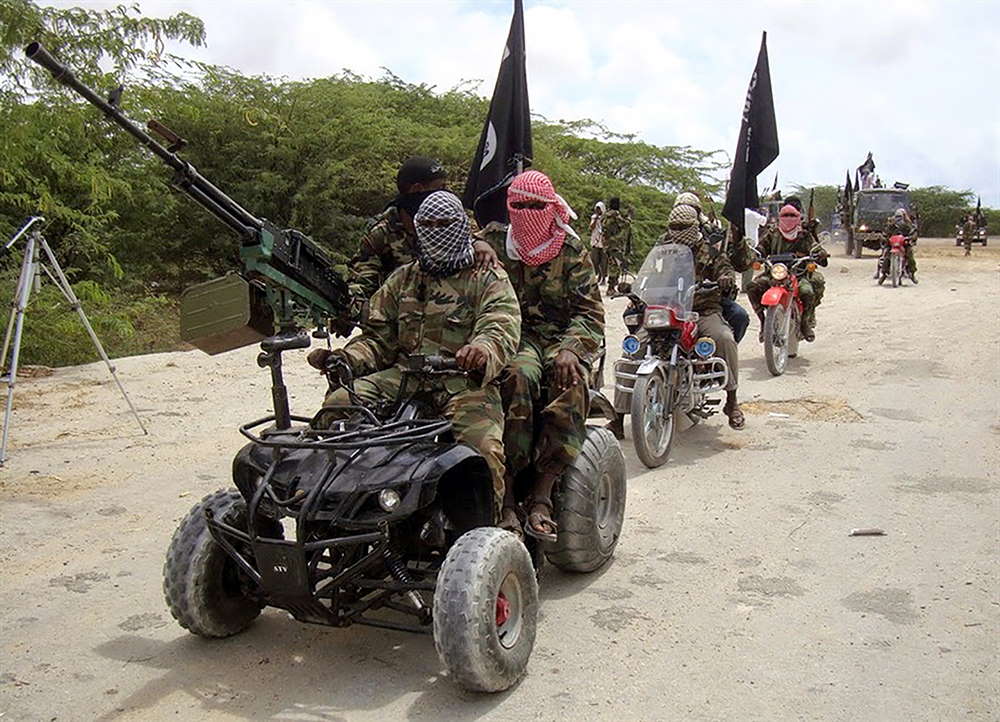
Regional focus: Securing the borders
Since 1945, the majority of COIN operations have been conducted by forces outside of their sovereign territory8 – either as interventions or as part of imperial policy limited to “crushing the insurgency” within the borders of the state and returning control to allied forms of governance.9 The Boko Haram insurgency, however, relies on the states around it, using the porous borders that are no longer heavily secured (as a result of the ECOWAS protocol on the free movement of persons) as a way in which they can smuggle weapons and personnel across the region.10 Moreover, by allying with organisations in neighbouring countries to hide insurgents, Boko Haram has developed rear bases for its operations, which are scattered across several states.11 Therefore, the cross-border free movement is a key element in the functioning of Boko Haram that renders Boko Haram less as a collection of actors but rather a system reliant on inputs in the form of weaponry and support via free movement to produce insurgents.12
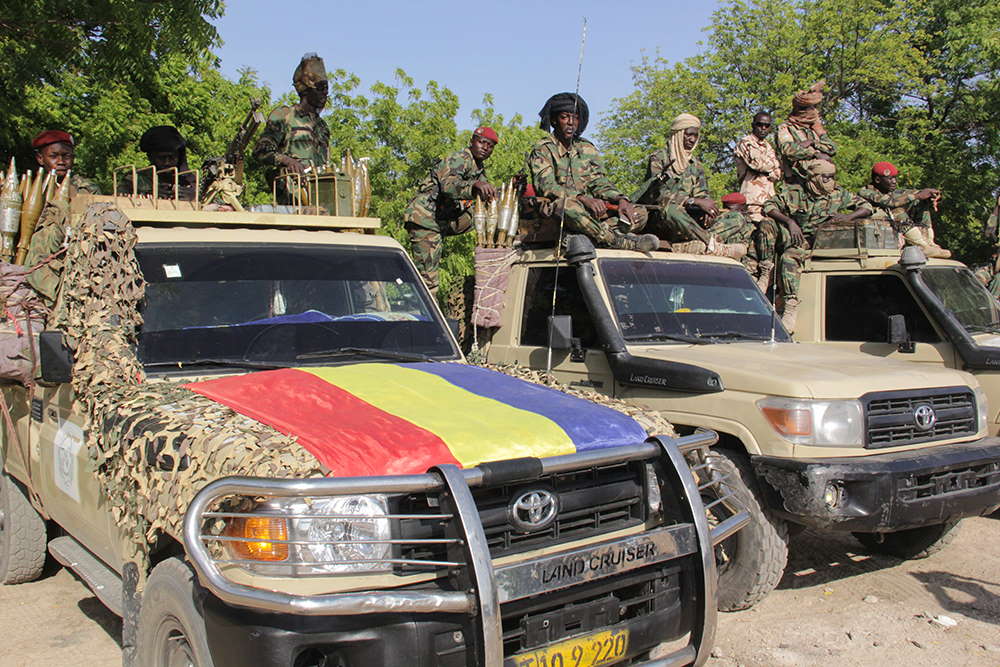
Therefore, COIN operations cannot focus solely on the insurgents, but rather require an approach that is tailored to Boko Haram’s strategy. As such, from its inception, the MNJTF prioritised a regional approach, seeking to disrupt the ability of fighters to use porous borders as part of their strategy13 by securing the border before diminishing Boko Haram’s operational area.14 This was most successful during 2014, when Chadian and Cameroonian forces secured their mutual border, before forcing fighters towards the Chadian border15 and dislodging them from Cameroonian territory. Once expelled, this approach ensured “that Boko Haram [did] not have access to the use of the borders for launching attacks”, and this denied it safe havens and significantly degraded its capacity.16 By restricting the ability of Boko Haram to draw resources into the conflict via safe havens, this securing of the border by the MNJTF can be viewed as a successful domination of the social field that the conflict embodies, as the MNJTF also denied access to socio-economic capital through the disruption of both monetary and social networks.17 Therefore, by excluding these networks from the social field, the MNJTF has reduced the capacity of Boko Haram’s agents to maintain the system of insurgency, thereby crippling its military capability.18
Political strategy: Local legitimacy
Boko Haram’s cross-border approach also sought to develop its legitimacy among the Muslim, Kanuri and Shuwa people, of whom the largest proportion live within the areas of Boko Haram’s operations.19 This saw Boko Haram portraying itself as a defender of both Islam and of the Kanuri and Shuwa cultures, attempting to drive a wedge between locals and the state. Boko Haram began this by disseminating information that the Nigerian government wanted Muslims to place Nigeria before God, effectively promoting idolism20 – the most serious of sins for Muslims, according to the Qur’an. Boko Haram then expanded this narrative to include all of the governments in the Lake Chad Basin, before offering Boko Haram as the solution, stating that Muslims under its territorial control were in “the land of our own creator [not] Nigeria, Cameroon, Niger or Chad”.21 This not only reinforced the idea that the states were anti-Islamic, but also created the perception that Boko Haram was the only Islamically valid alternative form of governance.22 Simultaneously, Boko Haram exploited the “Kanuri and Shuwa […] linguistic, cultural, and ethnic ties”23 within the Lake Chad Basin, delivering sermons on the topic of cultural links between rural Nigerians and urban Nigerians, and claiming that both groups were in conflict with their official governments that neglected them because of their heritage.24 These sermons were then broadcast in the languages of the ethnic groups around the Lake Chad Basin, with Boko Haram claiming that these languages were a form of defiance against the government forces that had also neglected them.25 This facilitated a narrative that not only was Boko Haram an indigenous and pious movement, but also one that sought to liberate the people from a negligent security force, creating significant ties with the local population.
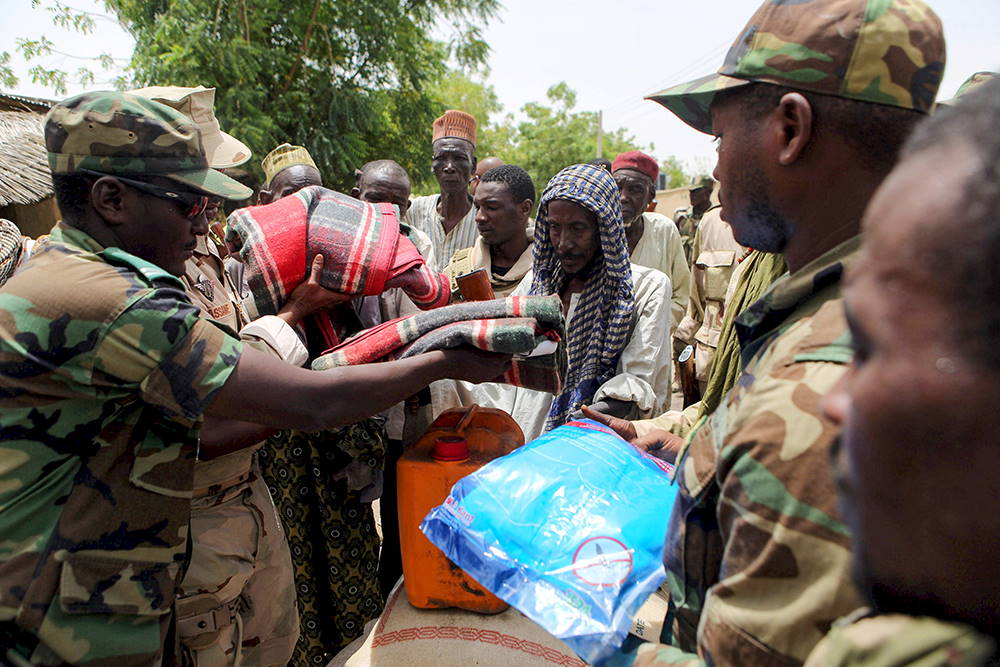
The result of this cultural manipulation was significant, with many locals supporting Boko Haram26 and reluctant to share intelligence with the security forces.27 To counter this, the MNJTF actively sought to build “legitimacy while marginalizing insurgents”28 by heavily recruiting “from population groupings that belonged to the same tribes and spoke the same local languages”29 as local communities and Boko Haram. This allowed the MNJTF to portray itself as “sons of the soil”30 protecting their homeland and depicting itself as a local movement whilst undermining the narrative of Boko Haram. To strengthen these links, youth-based programmes were developed to teach young people “not to be afraid to question teachings that may fuel intolerance and violence, and to build a stronger sense of “national identity”.31 This was all, in turn, coupled with a “register of good imams as part of a network of credible and moderate preachers”32 to curtail the ability of Boko Haram to spread its message via cultural figures. These “good imams” clashed directly with the predominately Saudi Arabian-educated Salafi and Wahabi imams of Boko Haram33 and, in so doing, allowed the MNJTF to depict Boko Haram members as radicals following talismanic holy men from abroad34 who do not truly understand Islam. This tactic can be seen as a manifestation of orientalism, in which the MNJTF has used Islam and culture as political instruments to undermine the message of Boko Haram whilst marking its ideology as foreign. The MNJTF then built upon this by claiming that Boko Haram comprises mainly Central Africans and Malians in search of jihad,35 who are predisposed to violence and extremism as a result of their interpretations of Islam.36 Doing this afforded the task force a “unique position of trust among community members”,37 successfully “winning over sympathisers and co-opting local allies”38 and undermining Boko Haram’s reach by increasing its own. This resulted in an increase to 93% disapproval rating of Boko Haram after three years of the programme, with overall support for Boko Haram dropping to 1% by 2016.39
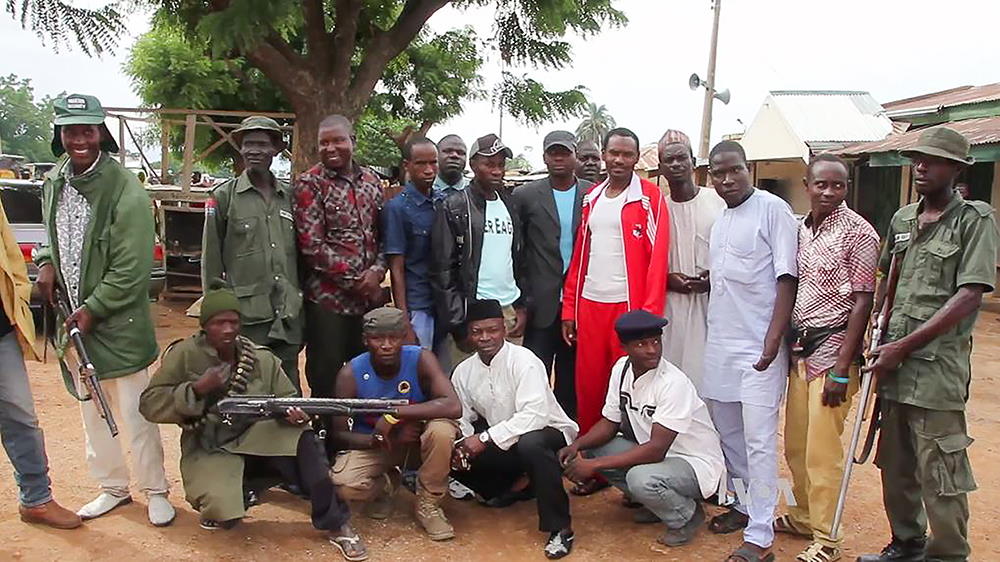
Population-centric security: Civilian Task Force
Despite improved legitimacy and secure borders, there still existed the issue of Boko Haram’s clandestine networks, most notably within cities in north-eastern Nigeria, such as Maiduguri.40 In Maiduguri, Boko Haram heavily recruited local unemployed men, mostly those who had received only Qur’anic education and not formal state education.41 Boko Haram is also unique in the fact that it disproportionally recruits women and children for clandestine operations,42 with 56% of Boko Haram suicide bombers being women,43 and Boko Haram financially rewarded both men and women who engaged in acts of violence.44 This weaponisation of the local population ensured that the MNJTF had great difficulty identifying threats and, as such, required that it advance its efforts from simply influencing the community via cultural connections to directly moulding the community’s views. The response was the youth empowerment scheme of 2013, which oversaw the training and financing of at least 1 800 volunteer vigilantes by the federal government,45 who were then incorporated into previously existing groups as part the MNJTF under the title of the Civilian Joint Task Force (CJTF). Much like Boko Haram, this training scheme for security volunteers targeted young men and women with the aim of financing and legitimising their work to prevent them from being drawn to the financial offerings of Boko Haram. By recruiting women, the CJTF was also able to retain cultural sensitivity whilst enhancing its body search capabilities46 in line with international policing standards, and reducing overall suicide bombings.47
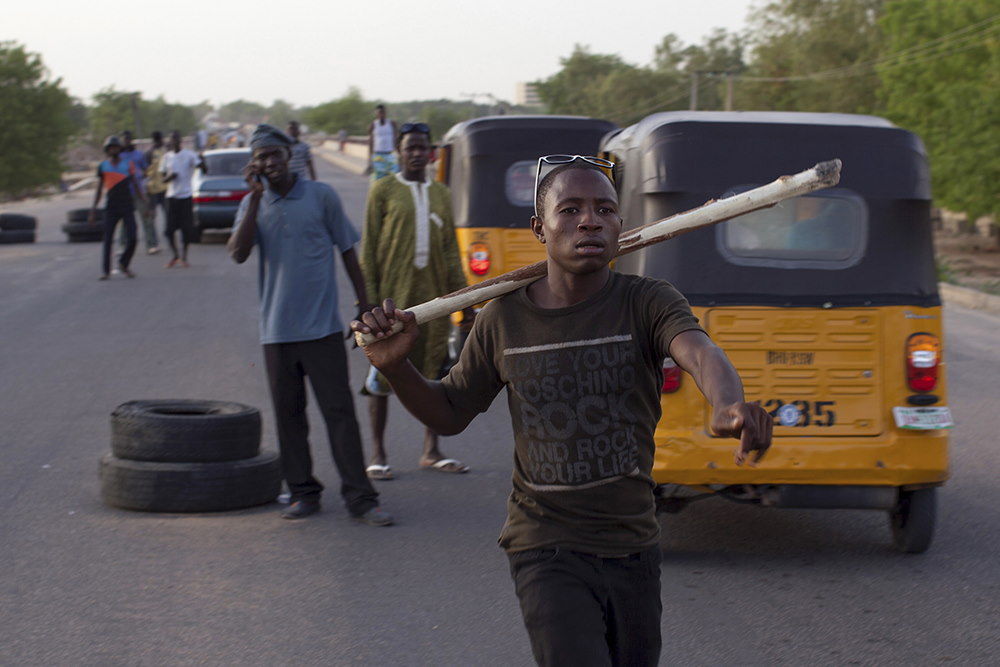
The CJTF also acted as an information service that could contextualise any local information,48 consequently enabling the MNJTF to gain “substantial intelligence from the population in the area of conflict”.49 Moreover, although poorly armed, the CJTF worked alongside security forces during combat operations, arresting Boko Haram members before handing them over to the MNJTF.50 The result was a population-centric security force that transformed Maiduguri into “a ‘sanctuary city’ for residents of nearby towns and villages”51 and removed Boko Haram from urban centres in the north-east by 2014.52 By appealing directly to communities for help, the MNJTF consolidated its earlier legitimacy by demonstrating itself as part and protector of the community. This then created a dynamic in which security forces and civilians could work together to defeat a threat to their community, with the community unified in their suspicions of foreign threats.53 In turn, this transformed acts of surveillance and collaboration into acts of citizenship,54 as those who collaborated with the security forces proved their legitimacy and were subsequently exempt from suspicion or penalty. This was most notably evident in the praise, increased salary and honorific title of “new heroes of the nation”55 bestowed on those who worked for the CJTF.
Failings of the Task Force
The MNJTF successfully reduced the ability of Boko Haram to conduct military operations, diluted popular support for the group and incorporated a population-centric security focus into its work. Each member state agreed to uphold the MNJTF’s mandate and to ensure that the force operates within the legal parameters of international law.56 Despite this, the mandate, which includes the protection of civilians and human rights, has been repeatedly breached through attacks on civilians, unlawful arrests and the torture of suspected Boko Haram members and displaced civilians.57 In 2013 alone, Nigerian forces killed more than 200 civilians and destroyed over 2 000 houses58 in an attempt to demoralise Boko Haram.
Regrettably, these actions are not confined to Nigeria, with members of the MNJTF routinely accused of torturing and detaining Cameroonians and Nigerians suspected of working with Boko Haram, often without warrants,59 with those detained describing “a climate of fear in which they could not raise their concerns with camp officials out of fear of violent retaliation by Cameroonian soldiers”.60 Given this compromised legality and integrity of the MNJTF forces, Cameroonian soldiers are therefore breaching the convention on torture to which they are party. Moreover, there is a potential security risk posed by the CJTF. Despite its success, relations with security forces have been fraught with sporadic clashes emerging between MNJTF forces and the CJTF.61 Further, whilst there have been financial incentives for the group, there are “some members of the CJTF who see their fighting as a contract, an entitlement to an expected reward in the shape of post-insurgency state jobs”.62 This raises the question as to whether the CJTF will seek to monopolise its position once the MNJTF deems it safe to redeploy. Whilst the MNJTF has succeeded in crippling Boko Haram, its members have repeatedly violated human rights and broken international law themselves, failing to uphold their mandate and rendering many of their actions illegal.
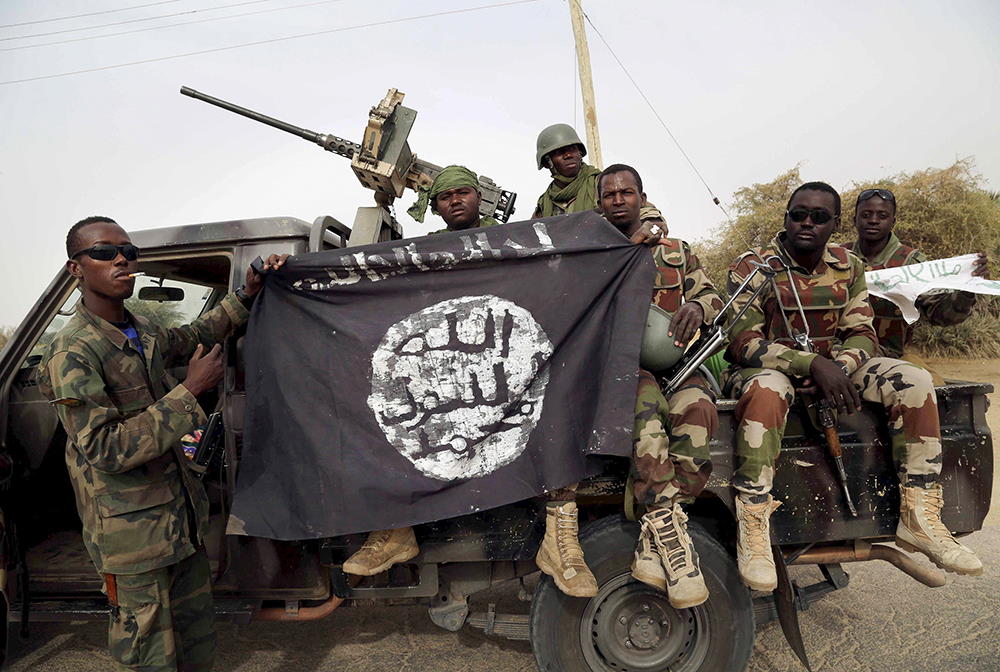
Lessons learnt
Despite the MNJTF’s shortcomings, the tactics it employed helped to achieve success in areas where both historic and contemporary Western operations failed – such as Afghanistan 2001–2019, Kenya 1952–1960 and Vietnam 1955–1975. As exemplified in Afghanistan, COIN forces were faced with a cross-border insurgency but prioritised the country’s capital for troop deployment, with limited troop numbers along the borders making “sealing the border virtually impossible”.63 This allowed Taliban operators to access contacts in neighbouring Pakistan who could provide the insurgency system with input in the form of intelligence and financing.64 Therefore, it can be argued that had COIN forces followed a regional focus such as the MNJTF, they too could have reduced the combat ability of their insurgency. The MNJTF is also able to provide lessons on political strategy – that is, alienating Boko Haram through its creation of an approved network of imams and offer of training for those willing to join the fight against Boko Haram. In contrast, Britain’s colonial war against Kenyan revolutionaries saw “the ‘hearts and minds’ aspects of the COIN campaign [as] subordinate to military tactics”.65 This approach hardened those they targeted and eventually caused popular support for the British to wane as casualties mounted, with independence obtained by the Kenyans only several years later.66
Similarly, in Vietnam, the failure of the American military to engage the civilian population resulted in the ability of the insurgency to both target and use civilians. This occurred not only from a lack of linguistic and cultural knowledge67 but also from a lack of financial support from the Americans,68 creating the perception that Americans were outsiders with little desire to build long-term community ties.69 Had British and American troops followed the strategy of the MNJTF, it could be argued that they too would have garnered wider support for their COIN and undermined insurgency efforts to gather political backing, whilst solidifying the perception that they were legitimate actors.
Conclusion
The MNJTF has a clear political focus rooted within the local community that incorporates civilians and legitimises security forces. This, in turn, facilitates its capacity to build relations with the local demographic28 whilst adopting a military strategy of containment by sealing the borders between its member states. The MNJTF is a primary example of a non-Western, COIN operation that was able to implement what policymakers have defined as the “best practices” of COIN: restricting insurgency movement, winning political support and subsequently crippling insurgents’ capabilities. The MNJTF also provides lessons for Western COIN operations that have failed in similar areas, offering population-centric alternatives to those that prioritised a military approach. Regrettably, this attempt to defeat Boko Haram has been plagued with torture accusations, human rights violations and a lack of clarity over the future of civilians who were co-opted into the military operation. This not only renders some of the task force’s actions illegal, but also raises the question of how such actions will affect both the legacy and the long-term impacts of the mission. Moreover, it raises the question of whether Western nations will cooperate with such missions that have been tainted by unprofessional and inhumane actions. Therefore, whilst the MNJTF offers a promising example of successful locally led COIN operations, it is not without its challenges.
Endnotes
- Pettersson, Therése and Eck, Kristine (2018) Organized violence, 1989-2017. Journal of Peace Research, 55 (4).
- Joint Chiefs of Staff (2018) Joint Publication 3-24: Counterinsurgency, p. 2.
- Centre de doctrine d’emploi des forces (2013) Contre-insurrection: la doctrine Hogard.
- Joint Chiefs of Staff (2018) op. cit., p. 2.
- Kilcullen, David (2010) Counterinsurgency. New York: Oxford University Press, p. 216.
- Kassim, Abdulbasit; Nwankpa, Michael and Cook, David (2018) The Boko Haram Reader (1st ed.). London: Hurst & Co, p. 407.
- Paul, Christopher; Grill, Beth; Clarke, Colin and Dunigan, Molly (2013) Paths to Victory. California: Rand Corporation.
- Ibid.
- Kilcullen, David (2010) op. cit., p. 216.
- Comolli, Virginia (2015) Boko Haram – Nigeria’s Islamist Insurgency (1st ed.). London: Hurst & Co., p. 86.
- Ibid., p. 86.
- Paul, Christopher; Grill, Beth; Clarke, Colin and Dunigan, Molly (2013) op. cit., p. 103.
- Kilcullen, David (2009) The Accidental Guerrilla (1st ed.). London: Hurst, p. 265.
- Multinational Joint Task Force (MNJTF) (2018) ‘MNJTF – Multinational Joint Task Force’, Available at: <https://www.mnjtf.org/> [Accessed 5 February 2019].
- Tar, Usman and Mustapha, Mala (2017) The Emerging Architecture of a Regional Security Complex in the Lake Chad Basin. Africa Development/Afrique et Développement, 42 (3), p. 107.
- Albert, Isaac (2017) Rethinking the Functionality of the Multinational Joint Task. Africa Development/Afrique et Développement, 42 (3), p. 125.
- Bourdieu, Pierre (1986) The Forms of Capital. In Richardson, J. (ed.) Handbook of Theory and Research for the Sociology of Education. California: Greenwood, pp. 20–21.
- Thomson, Pat (2014) Field. In Grenfell, Michael (ed.) Pierre Bourdieu: Key Concepts (3rd ed.). London and New York: Routledge, p. 67.
- US Department of State (DOS) (2017a) Chad 2017 International Religious Freedom Report; US DOS (2017b) Niger 2017 International Religious Freedom Report; and US DOS (2017c) Nigeria 2017 International Religious Freedom Report.
- Kassim, Abdulbasit; Nwankpa, Michael and Cook, David (2018) op. cit., p. 121.
- Ibid., p. 304.
- Ibid., p. 228.
- Tar, Usman and Mustapha, Mala (2017). op. cit.
- Kassim, Abdulbasit; Nwankpa, Michael and Cook, David (2018). op. cit., p. 94.
- Ibid., p. 291.
- Wike, Richard; Simmons, Katie; Vice, Margaret and Bishop, Caldwell (2016). In Key African Nations, Widespread Discontent with Economy, Corruption. Washington, DC: Pew Research Center, p. 26.
- Comolli, Virginia (2015) op. cit., p. 112.
- Kilcullen, David (2009) op. cit., p. 265.
- Tar, Usman and Mustapha, Mala (2017) op. cit.
- Agbiboa, Daniel (2018). Eyes on the Street: Civilian Joint Task Force and the Surveillance of Boko Haram in North-eastern Nigeria. Intelligence and National Security, 33 (7), p. 1028.
- Comolli, Virginia (2015). op. cit., p. 137.
- Ibid., p. 137.
- Guest Blogger for John Campbell (2017). ‘Salafism in Northern Nigeria beyond Boko Haram’, Council on Foreign Relations, 27 January, Available at: <https://www.cfr.org/blog/salafism-northern-nigeria-beyond-boko-haram> [Accessed 10 April 2019].
- Porter, Patrick (2009) Military Orientalism (1st ed.). London: Hurst, p. 145.
- Comolli, Virginia (2015) op. cit., p. 90.
- Said, Edward (1995) Orientalism (3rd ed.). London: Penguin, p. 287.
- Agbiboa, Daniel (2018) op. cit.
- Kilcullen, David (2009) op. cit., p. 265.
- Wike, Richard; Simmons, Katie; Vice, Margaret and Bishop, Caldwell (2016) op. cit., p. 26.
- Thurston, Alexander (2018) Boko Haram, The History of an African Jihadist Movement (1st ed.). Woodstock: Princeton University Press, p. 208.
- Comolli, Virginia (2015) op. cit., p. 71.
- Ibid., p. 128.
- Warner, Jason and Matfess, Hilary (2017) Exploding Stereotypes: The Unexpected Operational and Demographic Characteristics of Boko Haram’s Suicide Bombers (1st ed.). United States Military Academy: Combating Terrorism Center at West Point, p. 28.
- Comolli, Virginia (2015) op. cit., p. 72.
- Thurston, Alexander (2018) op. cit., p. 209.
- Comolli, Virginia (2015) op. cit., p. 128.
- Warner, Jason and Matfess, Hilary (2017) op. cit., p. 7.
- Agbiboa, Daniel (2018) op. cit.
- Paul, Christopher; Grill, Beth; Clarke, Colin and Dunigan, Molly (2013) op. cit., p. 115.
- Agbiboa, Daniel (2018) op. cit.
- Ibid.
- Comolli, Virginia (2015) op. cit., p. 130.
- Darling, Johnathan (2014) Asylum and the Post-political: Domopolitics, Depoliticisation and Acts of Citizenship. Antipode, 46 (1), pp. 77–79.
- Ibid., p. 80.
- Agbiboa, Daniel (2018) op. cit.
- MNJTF (2018) op. cit.
- Human Rights Watch (HRW) (2019) Nigeria: Country Summary, p. 2.
- Mbah, Peter and Nwangwu, Chikodiri (2019) The Counter-insurgence Operations of the Joint Task Force and Human Rights Abuses in Northern Nigeria, 2011–2013. Journal of Educational and Social Research, 4 (5), p. 76.
- Amnesty International (2017) Cameroon’s Secret Torture Chambers: Human Rights Violations and War Crimes in the Fight against Boko Haram, p. 6.
- Human Rights Watch (2017) “They Forced us onto Trucks Like Animals”, Cameroon’s Mass Forced Return and Abuse of Nigerian Refugees, p. 15.
- Agbiboa, Daniel (2018) op. cit.
- Ibid.
- Paul, Christopher; Grill, Beth; Clarke, Colin and Dunigan, Molly (2013) op. cit., p. 105.
- Giustozzi, Antonio (2007) Koran, Kalashnikov and Laptop (1st ed.). London: Hurst, p. 86.
- Percox, David (1998). British Counter‐insurgency in Kenya, 1952–56: Extension of Internal Security Policy or Prelude to Decolonisation? Small Wars & Insurgencies, 9 (3), p. 83.
- Paul, Christopher; Grill, Beth; Clarke, Colin and Dunigan, Molly (2013). op. cit., p. 25.
- Nagl, John (2005) Learning to Eat Soup with a Knife: Counterinsurgency Lessons from Malaya and Vietnam. Chicago: University of Chicago Press, p. 147.
- Paul, Christopher; Grill, Beth; Clarke, Colin and Dunigan, Molly (2013). op. cit., p. 33.
- Giustozzi, Antonio (2007) op. cit., p. 189.

